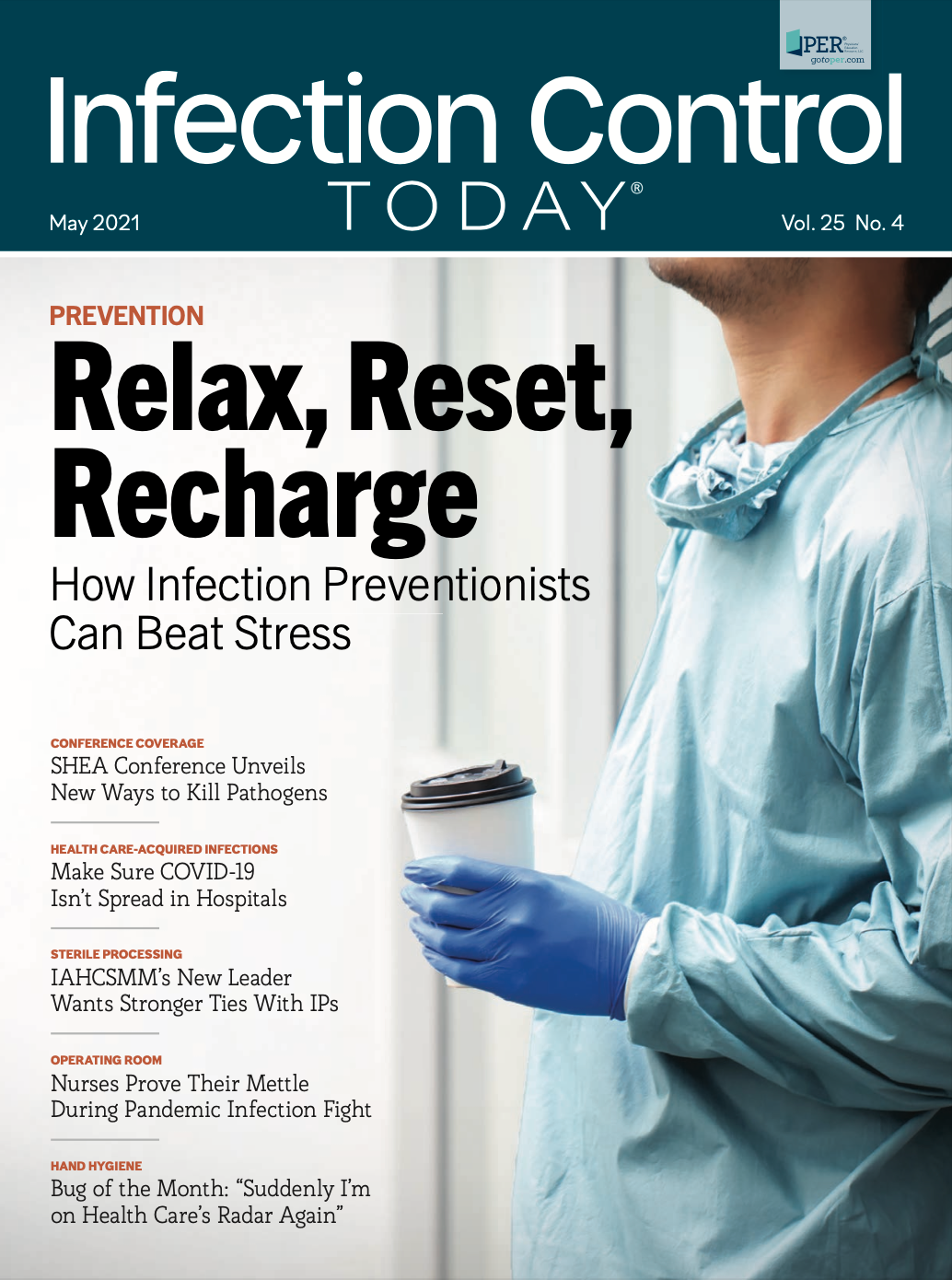With N95 Decontamination Process, 25 Reusages Possible
IPs and other health care professionals needed to improvise. That improvisation led to investigations into how many times an N95 can be reused and still keep SARS- CoV-2 at bay.
When it erupted around the end of 2019 and the beginning of 2020, the panic that COVID-19 inflicted on the US health care system could be felt on many levels: How do you treat it? How does it spread? Can a vaccine be developed? Nothing seemed to rattle health care providers as much as finding out that N95 respirators were in short supply. The US simply didn’t have enough in stock, and the countries that manufactured them were not willing to part with them because they wanted to protect their own populations. IPs and other health care professionals needed to improvise. That improvisation led to investigations into how many times an N95 can be reused and still keep SARS-CoV-2 at bay.
Christina Yen, MD

The answer is anywhere from 20 to 25 times, says Christina Yen, MD, an infectious disease specialist at Beth Israel Deaconess Medical Center in Boston, Massachusetts. In a recent study,1 Yen applied old technology—vaporous hydrogen peroxide (VHP)—to the challenge of thoroughly disinfecting N95s. (See Infection Control Today®’s Q&A with Yen https://bit.ly/3eEUWgO.)
VHP had been used in health care settings for some time to decontaminate ambulances and different areas of a hospital, for instance. But as Yen’s study states, “little is known about its impact on N95 respirator efficacy. We assessed whether repeated VHP reprocessing altered [4] key respirator efficacy qualities: quantitative fit, qualitative fit, seal check, and filtration rate.”
When the experiment first began, Yen tells ICT®, she didn’t know what to expect. She says that “for a lot of us, especially myself, when I first took on this project, I was not sure what we were going to find.”
Yen says that she did “a lot of reading” before, during, and after the prospective cohort study that took place from June 15 to August 31, 2020, and discovered that there was a growing amount of literature looking at VHP even before the pandemic. She found that encouraging and says “because more programs outside of our own program were also doing it, we were developing a body of literature as the months went on during the initial pandemic that was demonstrating over and over that this was, I think, actually not only safe but probably doable for many of us.” The results seem to support
her enthusiasm.
The study concludes: “VHP reprocessing did not diminish the efficacy of respirators based on the [4] metrics we assessed: filtration rate, seal check, qualitative fit, and quantitative fit. Of significance, the filtration rate remained well above the 95% standard filtration for N95 respirators—even through 25 cycles of reprocessing. VHP reprocessing is a safe, viable strategy to disinfect respirators and extend their use, particularly during supply shortages.”
In the study, 7 participants were fitted with N95s. The N95s were disinfected 25 times in a VHP generator.
“After each cycle, participants donned and doffed respirators and performed a seal check. Participants were given [2] attempts to pass their seal check,” the study states. “Every 10 cycles, qualitative fit testing was done….Appropriate fit is defined as a fit factor score of 100 or greater. Quantitative testing was done at cycles 1, 3, 5, 7, 10, 15, 20, and 25.”
As with many other efforts to stave off COVID-19, the N95 mask decontamination was a team effort, says Yen.
“It was not just infection preventionists,” Yen tells ICT®. “It was environmental safety. It was health care epidemiologists. So many people from so many different backgrounds with so many different skills sets made this possible.”
Reference:
- Yen C. Evaluating N95 respirator filtration, seal, qualitative and quantitative fit with vaporous hydrogen peroxide reprocessing. Abstract presented at: Annual Conference of the Society for Healthcare Epidemiology of America; April 16, 2021. Remote.

Uncovering a Hidden Risk: Alcohol Use Disorder Significantly Increases C difficile Infection Rates
April 10th 2025A groundbreaking study reveals a strong connection between alcohol use disorder and increased risk for Clostridioides difficile infection, challenging traditional assumptions and calling for enhanced infection prevention protocols.
Bridging the Gap: Operating Room and Central Processing Unite to Improve Surgical Efficiency
April 8th 2025Communication breakdowns between the operating room and central processing led to delays and frustration—until collaboration, cross-training, and shared goals turned metrics around and strengthened teamwork.